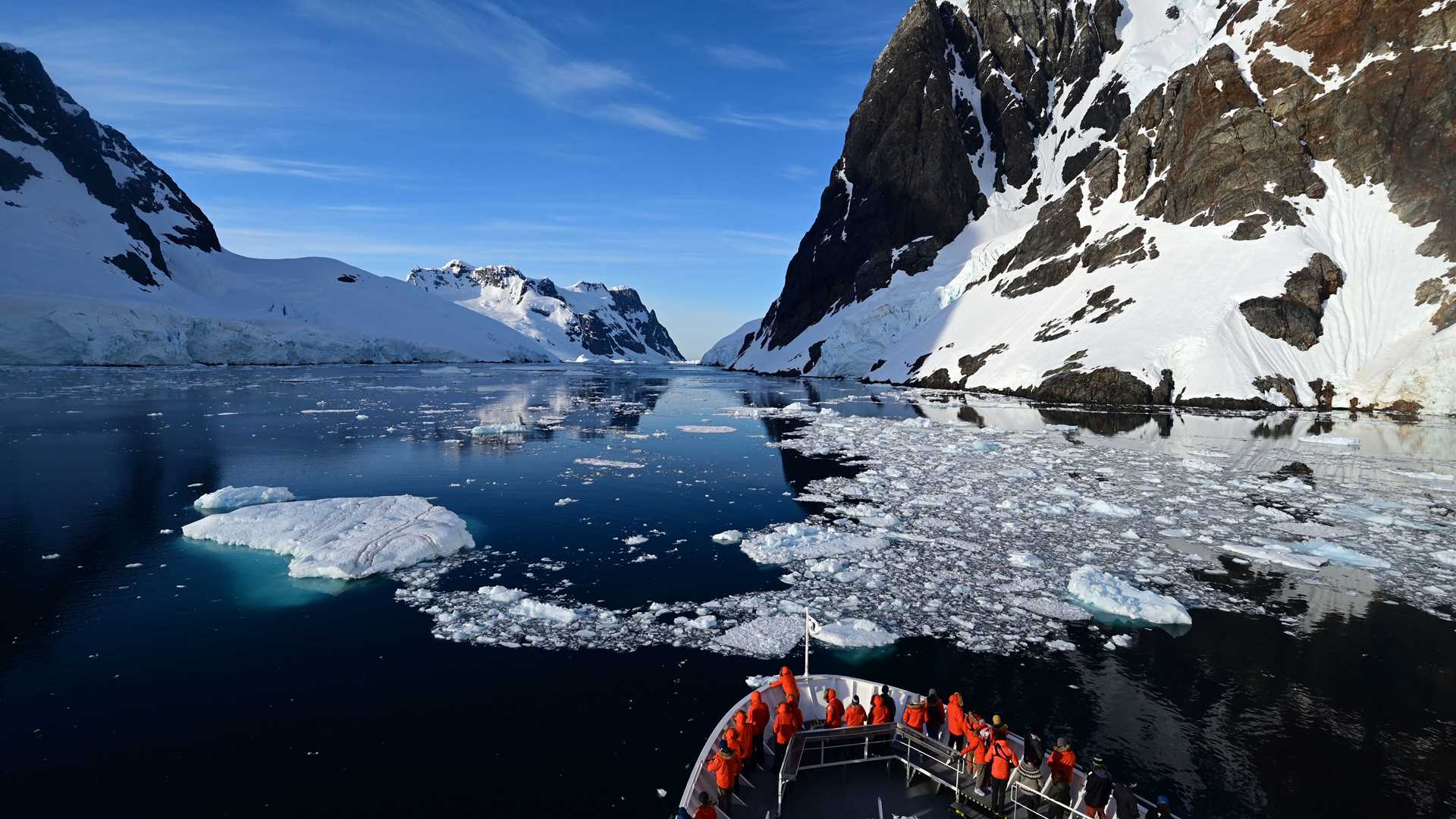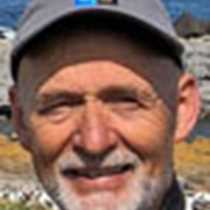Expedition leader Peter gave us an early wake-up call as National Geographic Explorer approached the northern entrance of Lemaire Channel this morning. This is one of the narrowest and most scenic passages in Antarctica. The sea was tranquil, and the sun was shining in a bright sky. What a treat to see this part of Antarctica under such conditions! Excited guests gathered on deck to enjoy the magnificent scenery, and frequent camera clicks proved that many guests wanted to capture this great moment.
After breakfast, the ship repositioned just off Pléneau Island, and a landing was offered. Gentoo penguins in a barren landscape of rock were the main attraction. Some guests chose to take a Zodiac cruise into a “graveyard” of stranded icebergs. They spotted a couple leopard seals, known as “the grizzly of the Antarctic,” and a crabeater seal.
During lunchtime, we cruised the Lemaire Channel northwards and stopped in Hidden Bay. Conditions seemed ideal for kayaking. A great number of guests took the opportunity to paddle, whereas others went for a Zodiac cruise. A sudden wind made it necessary to end the operation, and all kayakers returned safely to the ship.
We will now head toward the northern part of the peninsula. There is still much in store for us to see and learn. Stay tuned for another few days of exploration in this fabulous part of the largest wilderness on the planet.







